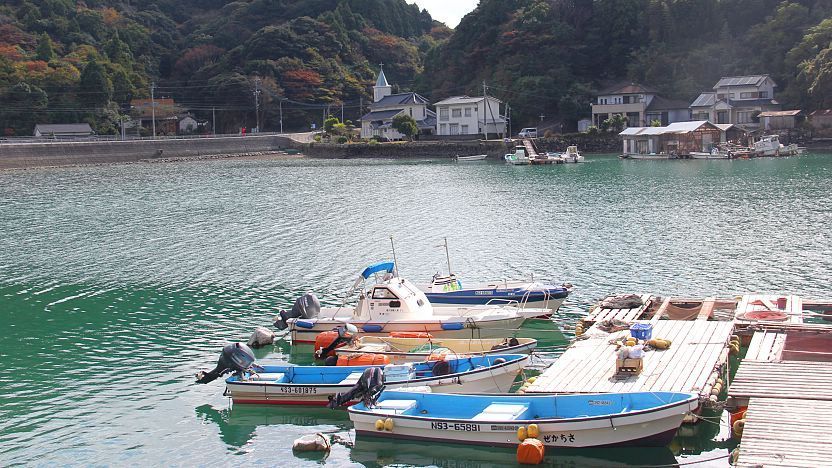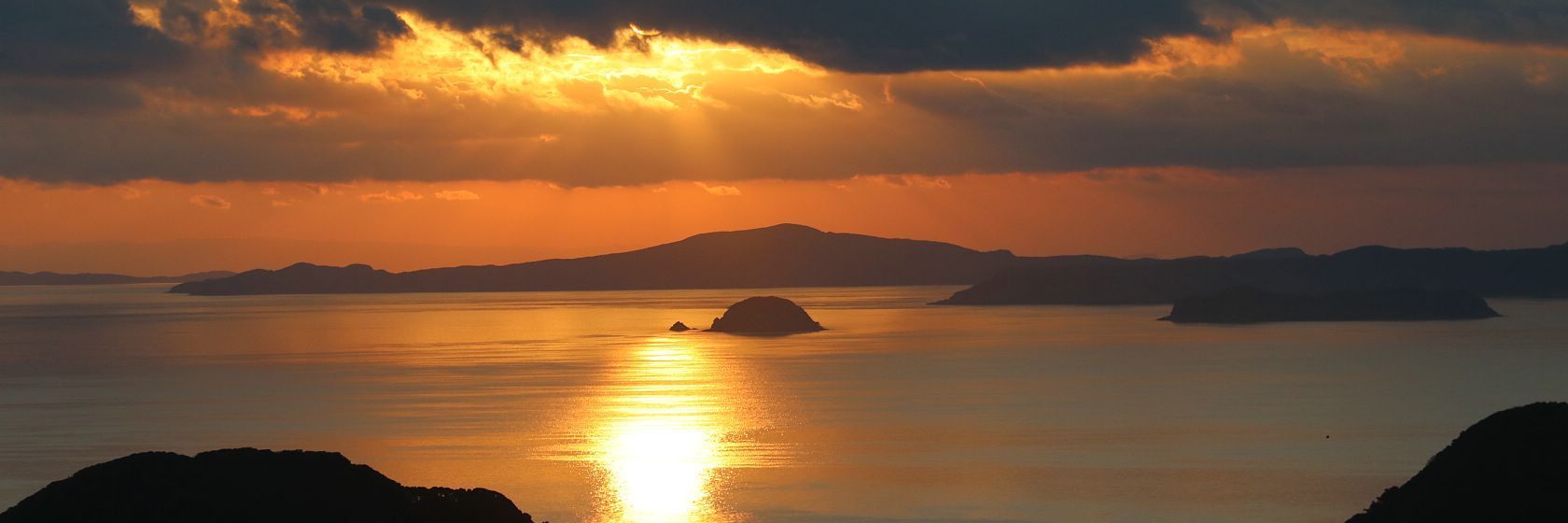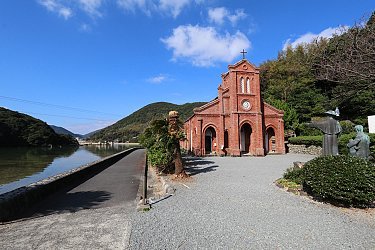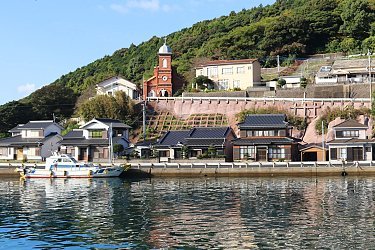The Goto Islands (ī▄ō挱ōć, Gotō-rettō, lit. "five-island island chain") lie roughly 100 kilometers off the coast of Kyushu in the East China Sea in Nagasaki Prefecture. True to their name, they consists of five main islands alongside a large number of smaller ones. Fukue Island and Nakadori Island are the chain's two most populated and visited islands.
The Goto Islands are known for their history related to Christianity. Due to their remoteness, the islands were among a few areas in western Japan where "Hidden Christians" settled during the ban on the religion and continued practicing their faith in secret for over two centuries. In 1873, the ban was lifted, and today there are dozens of churches scattered across the islands. Four of them became World Heritage Sites in summer 2018.

Churches aside, the Goto Islands are notable for their natural beauty, including nice beaches, mountains and an abundance of quaint, traditional fishing villages. One of the best ways to take in the views is from aboard a ferry when traveling between the different islands. From this vantage point, it is possible to see the islands' craggy coastlines.
The Goto Islands were also significant as the last port of call for the Japanese missions to Tang China in the 7th through 9th centuries. During this period, many scholars were sent to China to study. Among them were Kukai and Saicho who became two of Japan's most influential religious leaders by introducing the Buddhist sects of Shingon and Tendai to Japan. In particular, several sites related to Kukai remain popular tourist spots on the island today.
Top attractions in Goto Islands
Getting there and around
Questions? Ask in our forum.



